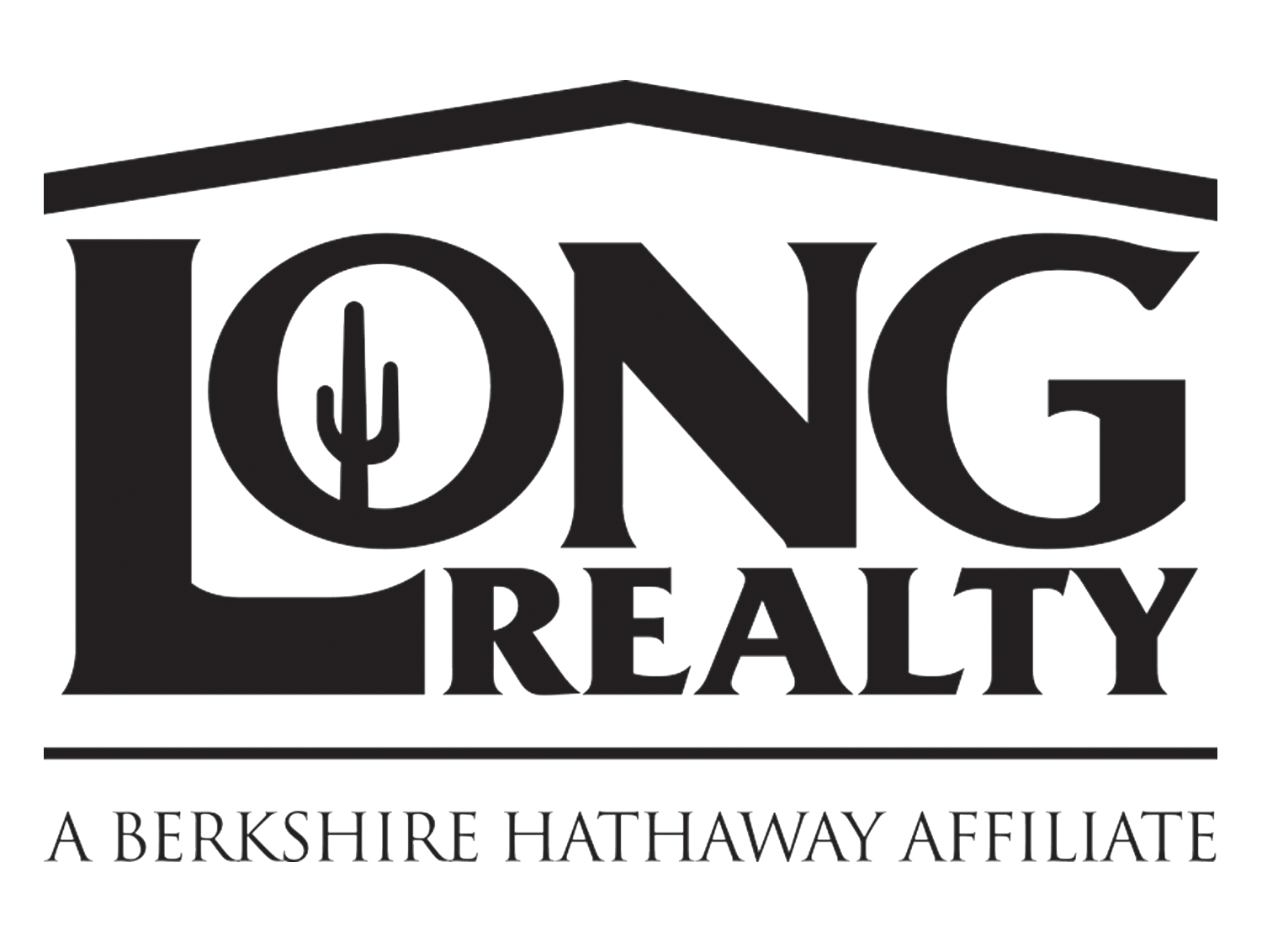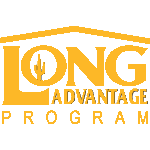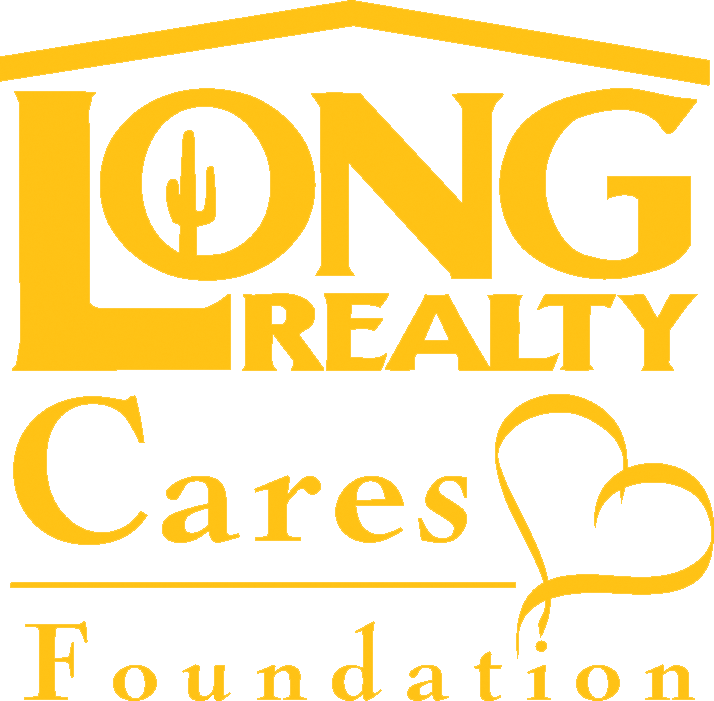Once you have established your budget, you’re ready to start browsing properties online!
To better serve our buyer clients we have created a Buyer Questionnaire that will enable your Team Woodall REALTOR® to focus your home search to fit your desired criteria. We will use this information to set up a search for you in MLS as well as help us look more closely for properties on your behalf. Please utilize our online questionnaire below or print the Buyer Questionnaire and send it in to your Woodall Team REALTOR®.
While many tools exist, including nationally known websites like Zillow & Realtor.com, we highly recommend using the local MLS system which you can find on this website. The entire lower menu bar at TeamWoodall.com contains a variety of pre-selected searches, or create your own search with your desired criteria. You can even save your searches in a portal to revisit them whenever you’d like and get automatic email notifications when a new listing comes on the market, before you’ll get it from any other website. Nowhere else do you have the most updated & complete information available! It’s what Tucson REALTORS® use so why wouldn’t you use the same?
For mobile searches we recommend our Free Long Realty App which you can download directly from this link: http://LongRealtyApp.com/StephenWoodall. Long’s app includes unique features such as a drive time commute function, showing you properties within a certain drive time from your workplace.
Team Woodall can also assist you in the search both online and through our networking with other agents, as we often find out about many properties before they even come on the market to the general public.
Explanations of Terms
Here is a brief description of the different statuses that you may see on listings:
- Active – Property is on the market with no mutually accepted contract, but may have an offer(s). As a buyer, the properties worth pursuing most are those listed as Active. Other status types are less likely to be obtainable but can be watched closely in case they come back on the market as Active.
- Cancellation Provision – Listing is under mutually accepted contract, but Seller can cancel the current contract usually due to an unsatisfied buyer contingency. These properties can still be shown like Active properties.
- Active Contingent – Listing is under mutually accepted contract, which contains one or more contingencies such as an appraisal contingency, inspection contingency, etc. These properties typically are only allowing showings with the Seller’s permission.
- Pending – Listing is under mutually accepted contract but has not yet closed escrow. These properties typically are no longer allowing showings.
Other common terms you may see in listings include:
- Short Sale – Put simply it is when the home’s market (sale) value is less than the amount owed on that house. Now, what does this mean to you as a buyer? The biggest impact is that you’ll need acceptance of your offer from both the seller AND the lender(s). It’s ultimately the lien holder’s (lender) approval that matters most. Some properties are “pre-approved short sales” where the lender has agreed to consider an offer on this property ahead of time and likely has already determined the home’s fair market value through an appraisal or broker price opinions. In these situations a short sale may not be too different than a traditional sale. However, a short sale that’s not pre-approved (and even some that are) can frequently take a lot longer to close. In many instances this can be up to six months of waiting to hear back if an offer is accepted by the lender and with very little communication from them. Sometimes the answer is a no after that long wait too. Only pursue a short sale if you have the flexibility to wait.
- REO or Foreclosure – REO stands for “real estate owned” and is more commonly referred to as a foreclosure home. REO properties are owned by a lender, most frequently a bank, government agency or government loan insurer, after an unsuccessful trustee’s sale at an auction. Foreclosure homes are usually fairly straight forward and won’t differ too much from a traditional sale. One major difference though is that they’re sold “As Is,” which means the lender won’t make repairs to the property. In some instances repairs may be made or a credit issued for some repair amounts, but this is less common. Another common difference is that a lender doesn’t provide the Seller Property Disclosure Statement (SPDS) or insurance claims history. Both of these are disclosure documents that a buyer won’t get. A third common difference is that while the standard AAR Purchase Contract will be used for the initial offer, the lender will use their own supplemental contract documents too, which vary by lender and are less standard. REOs are best for a buyer willing to make repairs, but aren’t always better values than a traditional sale.
- SPDS – The SPDS is an acronym for Seller’s Property Disclosure Statement. It’s a very useful document that discloses a variety of information a Seller knows about the property which can include past and current defects, service providers, repairs and improvements made, and additional disclosures about the property and area. Per the contract this document must be provided to a buyer within three days of contract acceptance, although sometimes it’s available for review when the home is listed. There are some cases where the document might be excluded from the contract by the Seller, most notably in most foreclosure properties and some estate sales where the current owners/trustees don’t have firsthand knowledge of the home. It’s also important to note that a buyer shouldn’t rely too much on the SPDS for information because there may be defects with the property that are unknown to a Seller. Therefore, it’s always highly recommended to perform independent inspections and investigate any matter which is material to a buyer’s interest. Having said that, the Seller’s Property Disclosure Statement is still a very helpful document that can provide a lot of information that aids a buyer in making a purchase decision.
Generally the appliances that will stay with a home are those considered built-in to the home. This includes ovens/ranges, hoods, microwaves attached to the cabinetry, dishwashers, garbage disposals, built-in refrigerators, garage door openers, etc. The most notable items that are not always included are refrigerators (not built-in) and washer & dryer units. Check the MLS listing to see which of these appliances the Seller has listed as being included. Some others such as soft water systems may be leased and also not included. These personal property items can sometimes be negotiated into the contract though if they’re of utmost importance to you.
New construction neighborhoods in particular can be excellent opportunities to discover interesting properties, but let us accompany you on those visits. We can only best serve you if we register you at those properties on your first visit. Between Stephen & Angela we make ourselves highly available to fit into your schedule, so please don’t feel like you’re inconveniencing us by asking. It’s our job! Stephen has worked as a new construction site sales agent in the past and knows the process intimately so can provide great suggestions when purchasing new. If you must visit open houses on your own we can give you our business cards so you can easily let the agent holding the open know you’re working with us.
Next: Time for showings
- Step 1: Find a REALTOR®
- Step 2: Get pre-approved for a mortgage (only applies to buyers who are not paying with cash)
- Step 3: Start your home search online
- Step 4: Time for showings
- Step 5: Make an offer
- Step 6: I have an accepted contract. Now what?
- Step 7: Schedule the home inspections
- Step 8: Drop off your earnest money check
- Step 9: Put the closing on your calendar
- Step 10: What is the inspection period?
- Step 11: Don’t spend extra money (only applies to buyers who are getting a loan)
- Step 12: Provide documents to your loan officer (only applies to buyers who are getting a loan)
- Step 13: Read the title commitment
- Step 14: Review the HOA documents (only applies to buyers who are purchasing homes with HOAs)
- Step 15: Fill out and return your buyer’s packet
- Step 16: Tips for attending the home inspection
- Step 17: Read the inspection reports
- Step 18: Make repair requests
- Step 19: The appraisal (only applies to buyers who are getting a loan)
- Step 20: Hire movers and start packing
- Step 21: Hook up your utilities
- Step 22: Set up homeowner’s insurance
- Step 23: Get your down payment ready
- Step 24: Secure your new home
- Step 25: Do you want a home warranty?
- Step 26: Make your down payment
- Step 27: Attend the walkthrough
- Step 28: Attend the signing
- Step 29: Get the keys
- Step 30: Wrapping things up









Connect With Us!